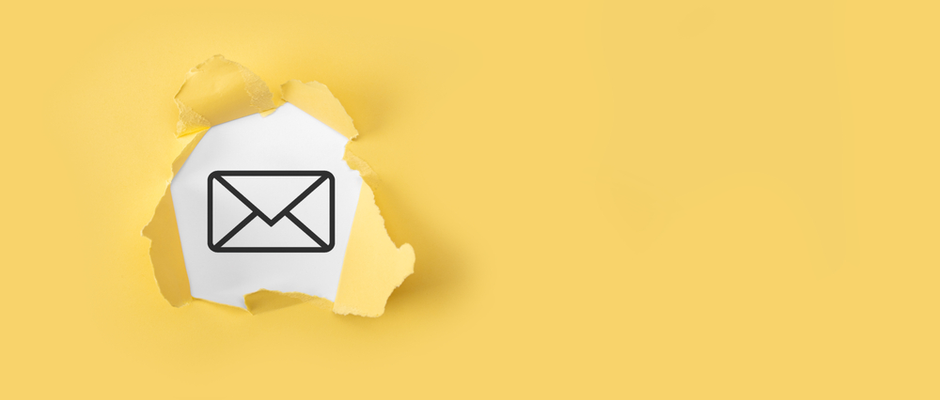The proliferation of technologies that provide for asynchronous communication, like email or automated sequences, has come with a higher price than most sales organizations and salespeople recognize. Many are just now starting to realize the damage, as emails proliferate while their engagement collapses to something close to zero. Add in LinkedIn automation, something LinkedIn incidentally forbids in their user agreement, and there’s no real difference between asynchronous communication and spam.
These approaches have now been used so aggressively, with such little consideration for their recipients (who cannot seriously be called prospective clients), that any email from a salesperson is automatically suspect if not deleted instantly. For some time now, sales organizations and salespeople have been unknowingly teaching the people they need to reach to ignore them. Rather than continuing to train your future clients to ignore your email, there are much better ways to capture their attention. Here’s a breakdown of the problem and how you can solve it.

No One Reads Your Self-Oriented Emails
The more your email says about you and your company, the less likely your recipient will bother to read it.
Far too many sales emails open with a paragraph about your company, followed by an explanation of what you sell, a brag-list full of big-name clients your company works with, and of course a pitch for a meeting, complete with a Calendly link. No matter what you sell, none of that information will compel the person skimming the email to hit the reply button and beg for time on your calendar.
So far this morning I’ve already gotten seven such emails, and it’s only 4:30 AM here. To be sure, none of their ostensible authors got up before dawn to flood my inbox, another reason to ignore their automated efforts. In fact, Google recognized all seven emails as likely spam and removed them from my inbox automatically. Spam filters don’t just look for keywords—they monitor open rates and engagement, removing emails they believe are unwanted. In other words, the more you try to exploit rapid-fire automation, the faster you reduce your deliverability.
Here is a good rule of thumb: Never send an email that your prospective client will not find valuable enough to read. And as a corollary, if nearly every line starts with “we,” the value to your client is probably zero.
Popping the Bubble-Up Email
Whether you decide to "bubble this back to the top" of your client's inbox or include a cutesy query like “have you been eaten by an alligator,” following low-value spam with less valuable spam only marks you as a non-serious, One-Down, time-waster. Chances are that your first email was deleted with extreme prejudice, so pretending that your prospective client is somehow obligated to read your email just adds insult to injury. To be sure, your prospective client saw your first email and found it to be a waste of their time. So they’ll treat your "bubble email" exactly as they should, clicking “mark as spam” and popping the bubble on any potential opportunity.
No matter how many emails your Chief Spam Officer sends under your email address, you have almost no chance of gaining a meeting through persistence alone, as the number of emails cannot make up for a lack or value. The average businessperson receives 121 emails per day and sends 40. Your email is surrounded by dozens of others your contact has to process, including emails from your competitors. One way to process those emails faster is to delete anything that isn't relevant—a fittingly automated end to an automated “sales” process.
A Better Way: Other-Oriented Emails with No Ask
There is a way to improve the result of your emails, even if your prospect doesn't click your calendar link or respond to your message. The starting point for compelling your prospective client to open your email is to send them something that is helpful to them. In all things sales, you are only entitled to capture opportunities by creating value for your prospective client.
Instead of three paragraphs about your company that won't get a look, send your client something they will find valuable—even if they never buy from you. If you want to reach them, teach them. Send your client something worth their time, like an article about some trend that will impact their industry in the next twelve to eighteen months—whether it’s supply chain issues, record high inflation, or some other force that they will have to reckon with in the not-too-distant future.
Much like the sample kiosks in grocery stores, this approach gives your prospective client a preview of what it’s like to work with you. Instead of spamming them with info they could find on your company website, you provide them with customized insight and prove that you have the business acumen to be aware of their future challenges and give them the context (and content) to meet them.
More to the point, when you send something interesting enough for your client to look at it, you are training your client to watch for your emails, knowing that you always send something worth a read or a view. It's not easy to break through their filters, spam and otherwise, especially as they tighten them to keep out distractions and things that are not helpful.
Finally, remember that not every email needs an ask, let alone a pitch. When you give your client something they find valuable without asking for reciprocity, you are more likely to get their attention, while also positioning yourself as someone who may be able to help them improve their results. After nurturing your relationship this way, pick up the phone, introduce yourself, and ask for a meeting.











